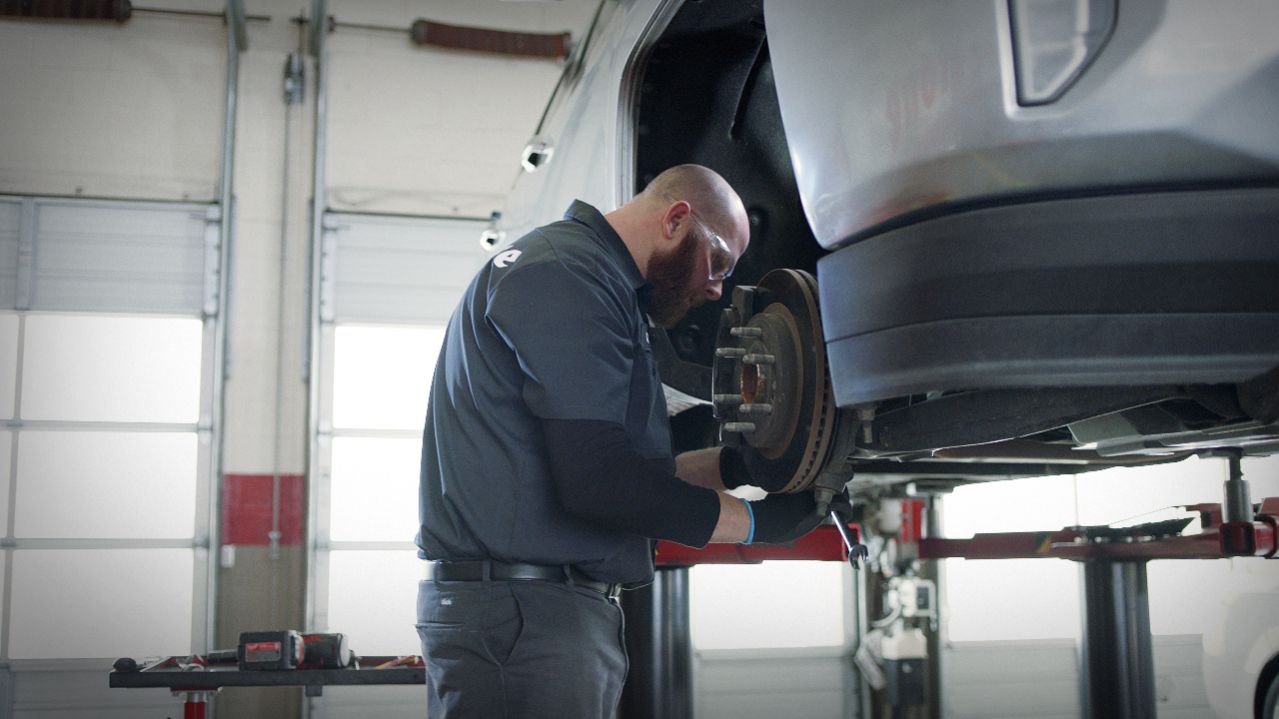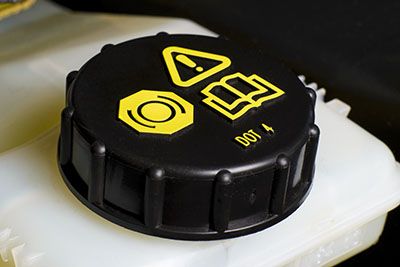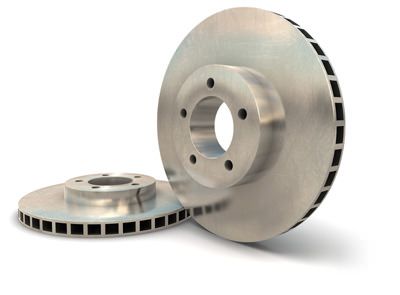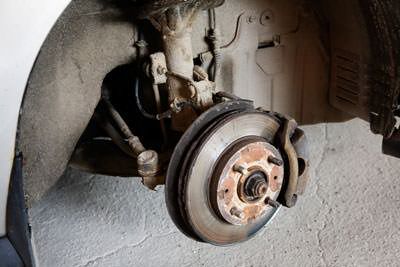Technicians & Process
How do Firestone Complete Auto Care technicians inspect brakes?
Our Free Brake Inspection is as thorough as the day is long. Just ask for it and you shall receive. Our techs can detect most any brake problem, big or small, by inspecting your ride’s different brake components. We have over 5,000 ASE certified brake technicians, the most in the auto repair industry. This ensures you have a knowledgeable and professional brake technician working on your vehicle.
What specialty training do your expert brake technicians undergo? What is ASE Certification?
You wouldn’t see a doctor who’s not an M.D., so we believe the same discretion applies to the person who repairs your brakes. To become a brake expert requires expert training and the drive to excel in auto care. Here at Firestone Complete Auto Care, we employ over 5,000 ASE (Auto Service Excellence) certified technicians, the most in the industry. ASE is the automotive industry standard with a trusted certification process. For us, ASE is our way of ensuring that qualified and knowledgeable expert technicians are working on your automobile.
What do your ASE certified brake techs have to do to become brake specialist certified?
Before any brake technician can even become ASE brake certified, they’re required to have two years of automotive experience.
The Brake Specialist exam is one of over 50 different exams ASE offers. It is a rigorous test and the standard way to accurately measure the competency and knowledge of the technician seeking certification.
Now the next time you see the ASE patch on one of our tech’s uniform, you’ll know you have a qualified person at the helm. Certification is not for life. To remain certified, ASE brake specialists must be retested every five years.
Learn more at about ASE Certification
What is MAP?
MAP stands for the Motorist Assurance Program. It’s the consumer outreach program enacted by the Automotive Maintenance and Repair Association, Inc. (AMRA) and is a nationally recognized quality assurance program with participation by the industry’s leading retailers, suppliers, independent repair facilities, and vehicle manufacturers.
To strengthen the relationship between consumers and auto repair facilities, MAP was started in 1994 to ensure the consumer always receives honest and detailed information regarding their vehicle parts; all in the name of helping the consumer educate themselves on their vehicle while providing the most trusted and consistent recommendations about each vehicle part we’ve inspected.
We’ve been a strong advocate of quality service. MAP is our way of ensuring to you that your car is in good hands at any and all Firestone Complete Auto Care stores. MAP is always being updated with the help of government and state officials to address new developments in the automotive industry.
What do the Red, Yellow and Green color codes mean on the inspection form?
Understanding the color code is as easy as understanding every driver’s favorite frienemy, the traffic light. But first, to give you a little clarification, the color code system was enacted in 1994 by the Motorist Assurance Program (MAP) to create consistent standards for recommending and selling parts and services to consumers. We not only follow industry standards at Firestone Complete Auto Care, we also abide by our own quality standards.
Using the traffic light model, we can precisely classify the wear on your parts:
- Red: A red mark on a particular part requires repair or replacement. If the part needs adjustment, such as relating to an alignment issue, this means we can repair the issue. Most of the time however, red means the part is no longer performing its intended purpose or it no longer meets the design specs. In both instances, you will be told the part needs to be replaced in order for your car to operate under mandated vehicle specifications. If a part is missing, a red mark will also be used to indicate replacement needed.
- Yellow: Though your vehicle can function with the particular part(s) in the yellow zone, we typically suggest repair or replacement to avoid the red zone scenario. Some yellow lights you can make it through, others turn red before you know it. A yellow mark could mean the part is close to the end of useful life. We refer to the manufacturer’s recommended action based on your vehicle’s original equipment manufacturer specifications. Your technician will also provide a recommendation based on their experience and knowledge of the part in question on your particular vehicle.
- Green: Everybody’s favorite color upon approaching any intersection. It’s also our favorite color to check off in relation to your car parts. If you receive this mark, give yourself a pat on the back, and rest easy knowing the checked parts passed our inspection and you’re good to go.



